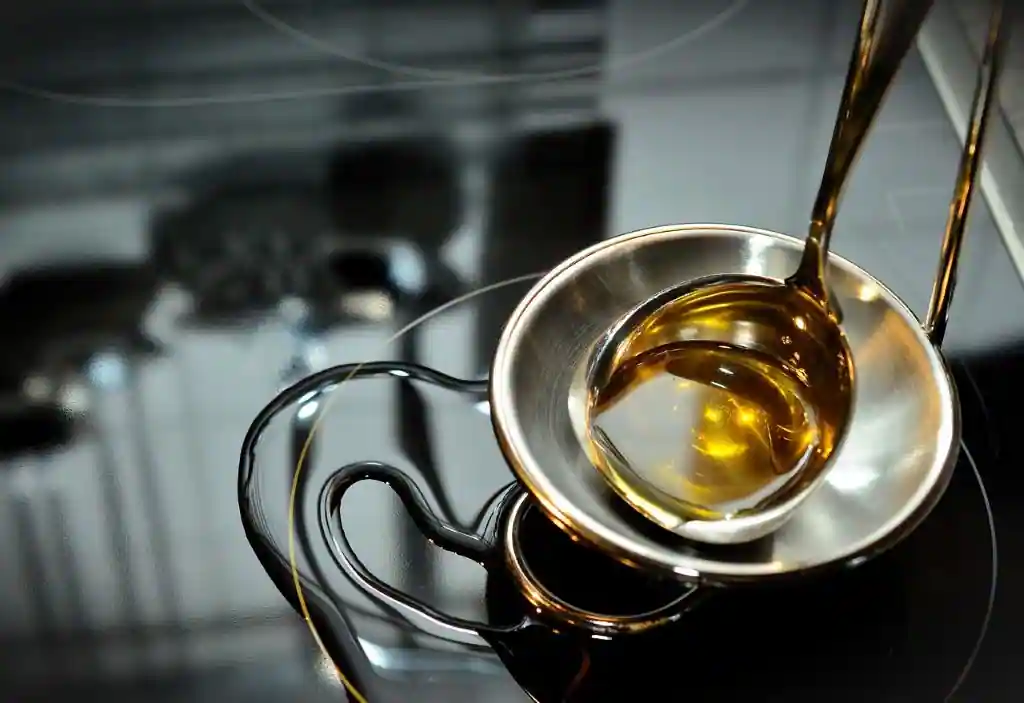You’re about to embark on a culinary adventure as we explore the fascinating world of aromatics in cooking. Wondering what exactly aromatics are and how to make the most of them in your dishes? Look no further! This article is your guide to understanding the role of aromatics in bringing depth and flavor to your meals, and we’ll be sharing some handy tips and techniques on incorporating them into your cooking. So, get ready to elevate your culinary creations and tantalize your taste buds with the enticing power of aromatics!
What are Aromatics in Cooking?
Definition of Aromatics
1. Understanding the Concept
Aromatics are ingredients that are used in cooking to enhance the flavors and aromas of dishes. They are known for their strong scents and are often used as a base for many recipes. Aromatics can be vegetables, herbs, or spices, and they are typically added at the beginning of the cooking process to infuse the dish with their aromatic qualities.
2. Examples of Aromatic Ingredients
Some common examples of aromatic ingredients include onions, shallots, garlic, leeks, scallions, celery, celery root, carrots, peppers, herbs, spices, ginger, and lemongrass. These ingredients are known for their strong fragrances and can enhance the overall flavor of a dish when used in the right proportions.
3. Primary Purpose of Aromatics in Cooking
The primary purpose of aromatics in cooking is to enhance the flavors and aromas of a dish. They add depth, complexity, and balance to recipes, elevating them from ordinary to extraordinary. Aromatics are often the building blocks of flavor, providing a strong foundation upon which other ingredients can be layered.
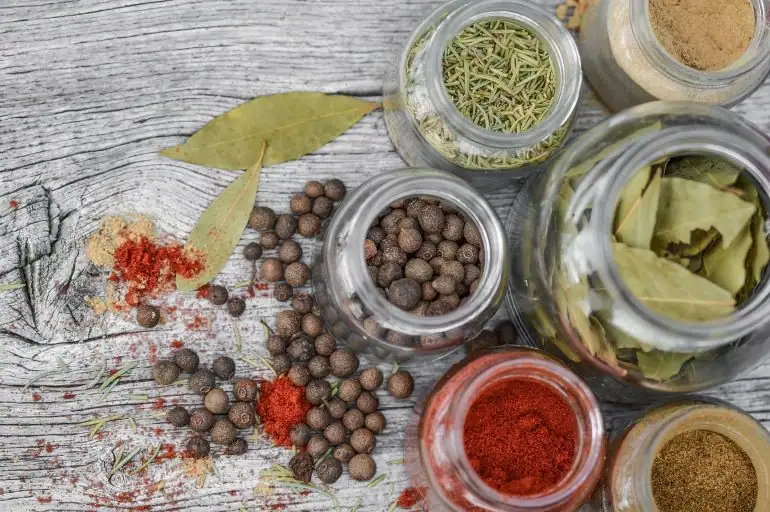
Importance of Aromatics in Cooking
1. Enhancing Flavor and Aromas
One of the key reasons why aromatics are important in cooking is their ability to enhance the flavor and aroma of a dish. They add a depth and complexity that can elevate even the simplest of recipes. Aromatics bring their unique scents and flavors to the dish, making it more enjoyable to eat.
2. Building Complex and Layered Flavors
Aromatics play a crucial role in building complex and layered flavors in a dish. By using a combination of aromatics, chefs can create a symphony of flavors that work together harmoniously. The different aromatics bring their own unique qualities and contribute to the overall flavor profile of the dish.
3. Adding Depth to Culinary Creations
Aromatics add depth to culinary creations, taking them from one-dimensional to multi-dimensional. They provide a base of flavor that can be built upon, allowing the other ingredients in the dish to shine. Without the use of aromatics, many dishes would lack the complexity and depth that we associate with delicious cuisine.
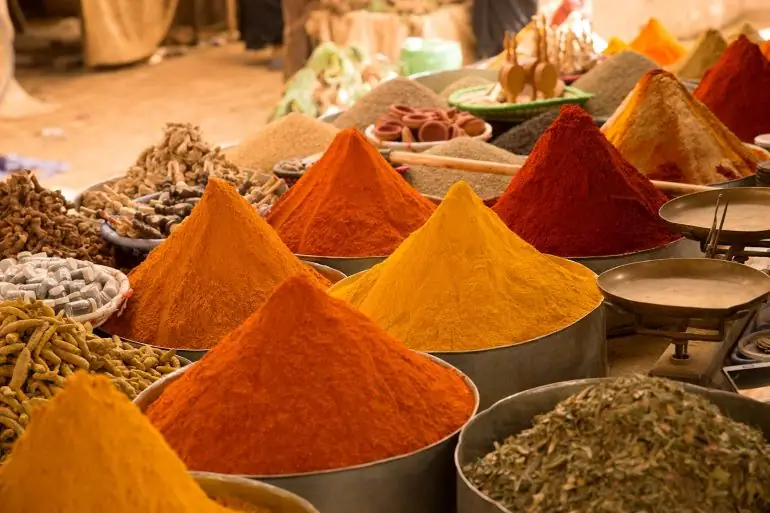
Common Types of Aromatics
1. Onions, Shallots, and Garlic
Onions, shallots, and garlic are some of the most common aromatics used in cooking. They bring a pungent and savory flavor to dishes and often serve as the base for many recipes. Onions add a sweet and slightly tangy taste, while shallots impart a milder and slightly sweeter flavor. Garlic brings a strong and pungent taste that can range from mild to intense.
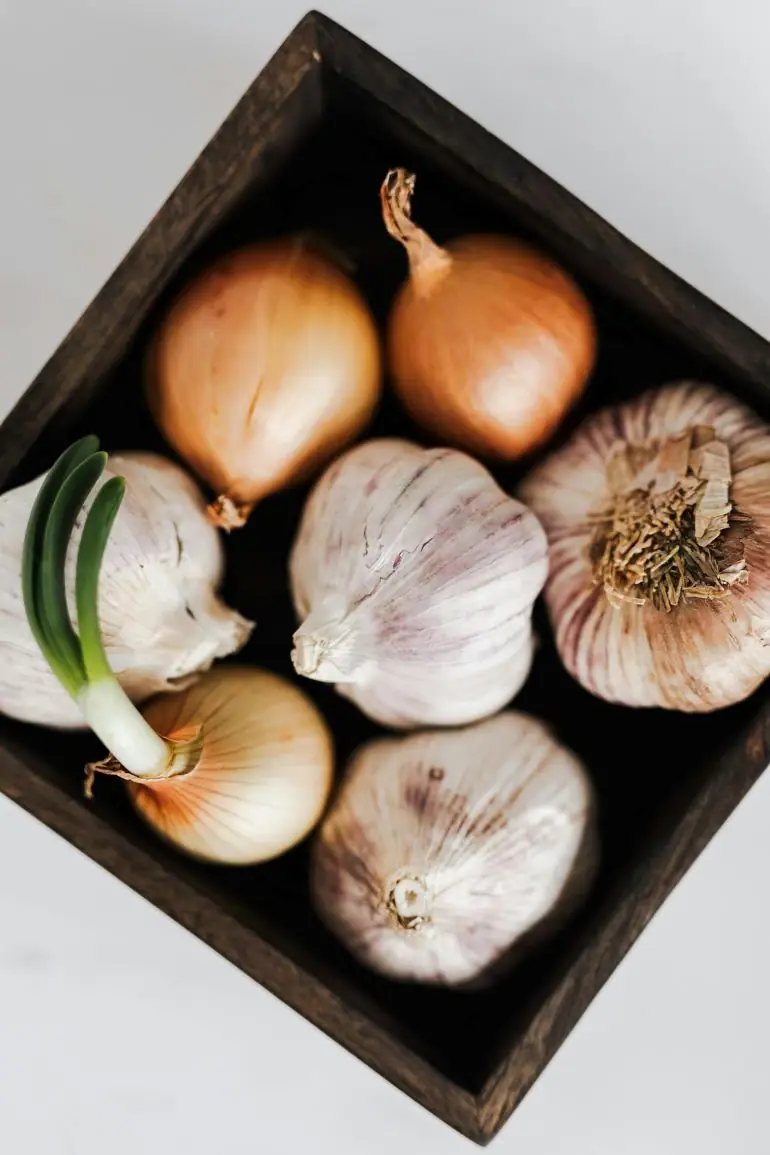
2. Leeks and Scallions
These are aromatics that are similar to onions but have their own distinct flavors. Leeks have a milder and sweeter taste compared to onions, while scallions offer a more delicate and slightly peppery flavor. We can use them in various dishes to add a subtle yet distinct onion-like flavor.
3. Celery and Celery Root
These (also known as celeriac) are aromatics that contribute a unique flavor to dishes. Celery has a crisp and slightly bitter taste, while celery root offers a more earthy and nutty flavor. We oftenly use these aromatics in soups, stews, and stocks to add depth and complexity to the overall flavor.
4. Carrots
Carrots are versatile aromatics that bring a subtle sweetness to dishes. They add a natural sweetness and a vibrant color to various recipes. Carrots are often used in stocks, soups, and braises to enhance the overall flavor and provide a touch of sweetness.
5. Peppers
Peppers, including bell peppers and chili peppers, are common aromatics that add heat and flavor to dishes. Bell peppers offer a sweet and slightly tangy taste, while chili peppers provide a spicy kick. We can use these aromatics in a variety of dishes, from stir-fries to stews, to add complexity and heat.
6. Herbs and Spices
Herbs and spices are essential aromatics that can elevate the flavors of a dish. Basil, rosemary, thyme, and oregano are just a few examples of herbs that are commonly used in cooking. Spices like cinnamon, cumin, coriander, and paprika also add depth and complexity to various recipes. We can use these aromatics individually or in combination to create unique and flavorful dishes.
7. Ginger and Lemongrass
Asian cuisines commonly use these fragrant aromatics. Ginger has a warm and slightly spicy taste, while lemongrass adds a bright and citrusy flavor. These aromatics are often used in stir-fries, soups, and curries to infuse dishes with their aromatic qualities and create a refreshing taste.
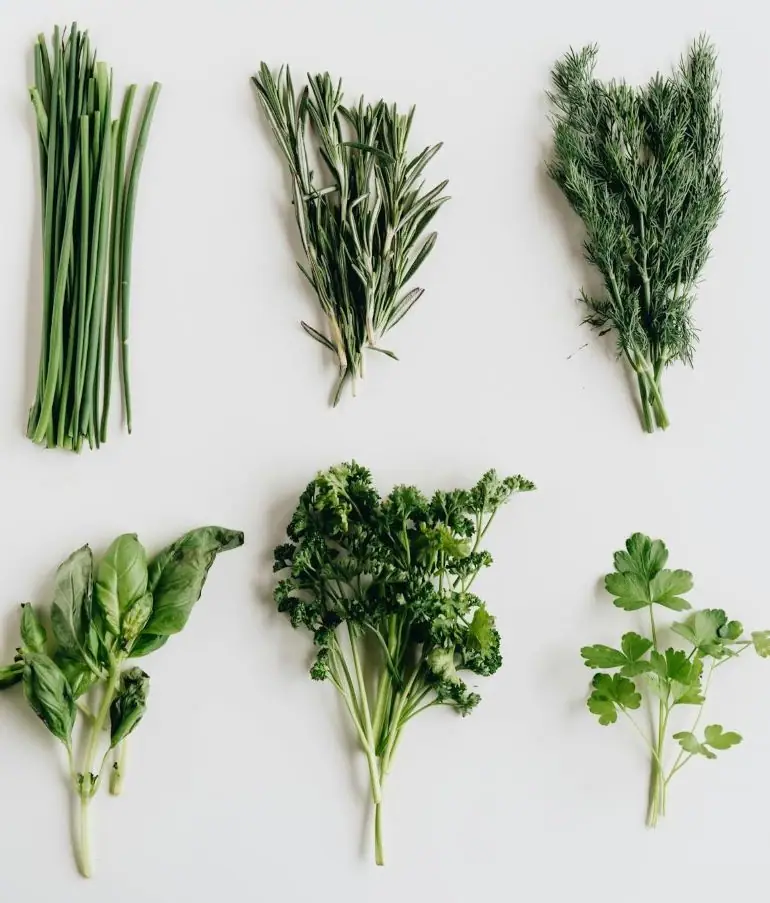
Choosing and Preparing Aromatics
1. Selecting Fresh and Quality Ingredients
When choosing aromatics, it is important to select fresh and high-quality ingredients. Look for vegetables that are firm and free from any soft spots or signs of spoilage. When it comes to herbs and spices, opt for those that are vibrant in color and have a strong aroma. Freshness plays a crucial role in the flavors and aromas that aromatics can provide to a dish.
2. Properly Cleaning and Preparing Aromatics
Cleaning and preparing aromatics is an essential step in maximizing their flavor potential. Remove any dirt or debris from vegetables by rinsing them thoroughly under cold water. Peel or chop the aromatics as needed for the recipe. For herbs and spices, crushing or finely chopping them can help release their flavors more effectively.
3. Knife Skills for Aromatics
Having good knife skills can make a significant difference when working with aromatics. Using a sharp knife and proper cutting techniques can help you achieve consistent and precise cuts, resulting in even cooking and distribution of flavors. Practice your knife skills to ensure that you can handle aromatics with ease and efficiency.
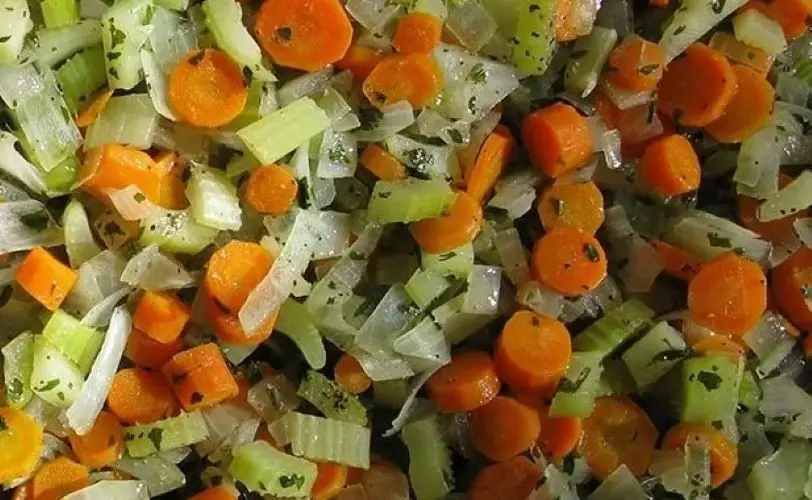
Utilizing Aromatics in Different Cooking Techniques
1. Sautéing and Stir-frying
Sautéing and stir-frying are quick and high-heat cooking techniques that can bring out the flavors of aromatics. By adding aromatics to hot oil or butter, their fragrances are released, infusing the dish with their essence. This technique works well for dishes like stir-fried vegetables, pasta dishes, and scrambled eggs.
2. Roasting and Grilling
Roasting and grilling are methods that enhance the natural sweetness and depth of aromatics. By cooking the aromatics at a high temperature, they caramelize and develop a rich flavor profile. We can use roasted or grilled aromatics in dishes like roasted meats, vegetable medleys, and grilled kebabs.
3. Braising and Slow Cooking
Braising and slow cooking allow aromatics to slowly permeate the dish, resulting in rich and complex flavors. The low and slow cooking process allows the aromatics to release their flavors gradually and infuse the dish with their aromatic qualities. We use this technique commonly for dishes like stews, soups, and braised meats.
4. Simmering and Boiling
Simmering and boiling are techniques that extract the flavors of the aromatics, infusing the liquid or broth with their aromatic qualities. This method is often used for preparing stocks, broths, and sauces. The longer the aromatics simmer or boil, the more pronounced their flavors become in the final dish.
5. Marinating and Pickling
Marinating and pickling can also be ways to utilize aromatics and enhance the overall flavor of a dish. By combining aromatics with liquid or acidic ingredients, the flavors of the aromatics are infused into the food during the marinating or pickling process. This technique is commonly used for marinated meats, pickled vegetables, and relishes.
Pairing Aromatics with Ingredients
1. Understanding Flavor Profiles
Pairing aromatics with other ingredients requires an understanding of flavor profiles. By considering the tastes and characteristics of different ingredients, you can create well-balanced and complementary combinations. For example, the sweetness of carrots can be enhanced by pairing them with onions and garlic, while the heat of chili peppers can be balanced with the freshness of cilantro.
2. Complementary Aromatics for Meat
When pairing aromatics with meat, it is important to choose complementary flavors that enhance the natural taste of the meat. Aromatics like rosemary, thyme, garlic, and black pepper work well with beef and lamb. For poultry, herbs like sage, thyme, and lemon can add brightness.
3. Aromatic Pairings for Fish and Seafood
When it comes to fish and seafood, aromatics can help enhance the delicate flavors without overpowering them. Aromatics like lemon, dill, parsley, and tarragon can add brightness and freshness to dishes. Citrus fruits, such as lime and orange, can complement the flavors of fish and seafood.
4. Aromatics for Vegetarian and Plant-based Dishes
In vegetarian and plant-based dishes, aromatics play a crucial role in adding depth and complexity to the overall flavor. Aromatics like cumin, coriander, ginger, and garlic can enhance the natural flavors of vegetables and legumes. Fresh herbs, such as basil, thyme, and oregano, can also contribute to a vibrant and flavorful dish.
5. Aromatic Synergy in Ethnic Cuisines
Different ethnic cuisines often have specific aromatic combinations that work together synergistically. For example, in Thai cuisine, the combination of lemongrass, ginger, garlic, and chili peppers creates a vibrant and aromatic base for curries and stir-fries. Indian cuisine often utilizes aromatics like cumin, coriander, turmeric, and garam masala to create rich and flavorful dishes.
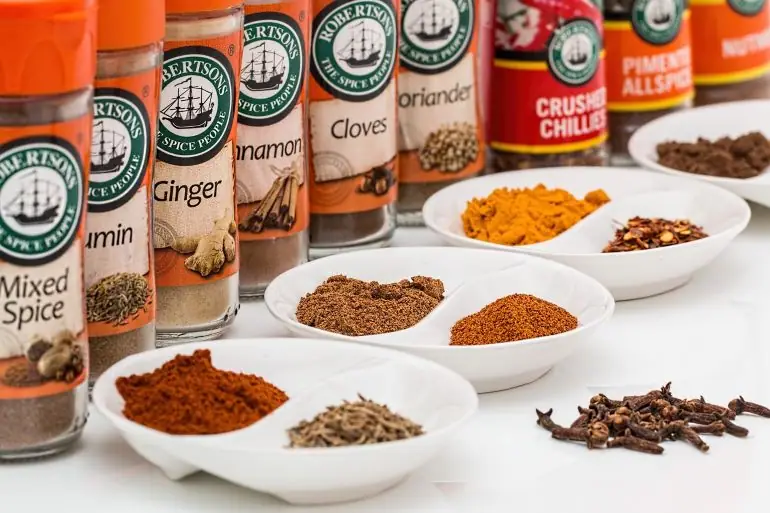
Enhancing Flavor and Aromas
1. Unleashing the Essence of Aromatics
To unleash the essence of aromatics, it is important to cook them properly. Sautéing or heating aromatics in oil or butter can help release their flavors and aromas. Crushing or finely chopping herbs and spices can also extract their essential oils, intensifying their fragrance. The proper cooking technique allows the aromatics to impart their flavors to the dish and create a well-rounded flavor profile.
2. Cooking Techniques for Optimal Flavor Extraction
Different cooking techniques can yield different results when it comes to extracting the flavors of aromatics. Techniques like sautéing, stir-frying, and roasting can quickly release the aromatics’ fragrances, creating a more pronounced flavor. Simmering, boiling, and slow cooking allow the flavors to develop over time, resulting in a more nuanced taste. By choosing the appropriate cooking technique, you can maximize the flavor extraction from the aromatics.
3. The Impact of Heat and Time on Aromatics
Heat and time play a crucial role in the flavor development of aromatics. Heat helps to break down the cell walls of the aromatics, releasing their flavors and aromas. The longer the aromatics are exposed to heat, the more pronounced their flavors become. However, overcooking can also result in a loss of flavor and aroma. It is important to find the balance between cooking the aromatics enough to extract their flavors and not overcooking them, which can result in a bitter or burnt taste.
Adding Depth to Culinary Creations
1. Aromatics as Base Flavors
Aromatics often serve as the base flavors of many dishes, providing a solid foundation upon which other ingredients can be built. They add depth and complexity to the dish, making it more flavorful and satisfying. By starting with a strong aromatic base, you can create a dish that is rich in taste and aroma.
2. Infusing Aromatics for Depth
Infusing aromatics into a dish can help add depth, flavor, and complexity. By cooking the aromatics with other ingredients, their flavors are transferred and infused into the dish. For example, simmering a soup or stew with aromatics can infuse the liquid with their flavors, resulting in a flavorful and aromatic broth. Infused aromatics can transform an ordinary dish into something extraordinary.
3. Transforming Ordinary Dishes into Extraordinary
Aromatics have the power to transform ordinary dishes into extraordinary culinary creations. By adding layers of flavor and aroma, aromatics can take a simple recipe and elevate it to new heights. They can turn a plain chicken broth into a rich and flavorful soup, or a basic tomato sauce into a complex and robust pasta dish. With the right combination and usage of aromatics, you can transform ordinary dishes into extraordinary culinary experiences.
In conclusion, aromatics are essential ingredients in cooking that enhance the flavors and aromas of dishes. They provide depth, complexity, and balance to recipes, elevating them to new levels. By understanding the different types of aromatics, their uses, and how to properly choose and prepare them, you can create flavorful and aromatic dishes. Utilizing different cooking techniques and pairing aromatics with other ingredients can further enhance the overall taste and experience. Aromatics truly have the power to add depth and transform ordinary dishes into extraordinary culinary creations.

